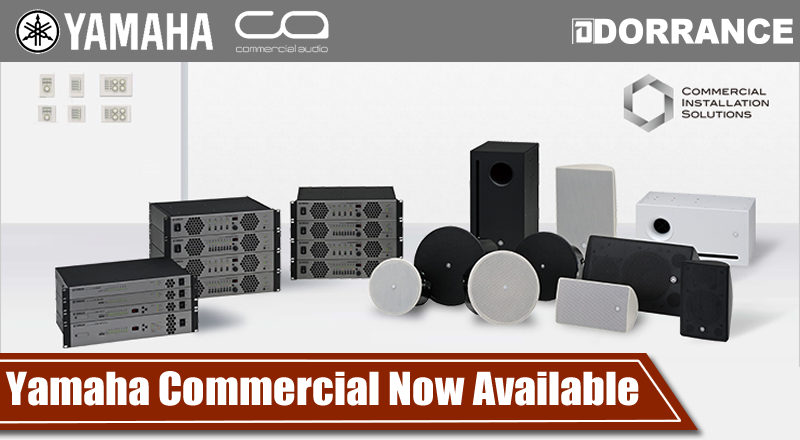The initial action in effective surveillance camera installation is to identify high-risk zones within the store. Such locations typically include entry points and exit points, cash registers, and aisles where expensive products are displayed. By placing surveillance devices in these locations, store owners can monitor customer actions and spot questionable activities. Additionally, cameras at entrances can record footage of individuals coming into and leaving the store, which is crucial for identifying potential thieves. This preventive approach helps in reducing loss and ensuring a safe atmosphere.
Another important factor is the kind of surveillance device used in the retail environment. Different cameras fulfill distinct functions. For example, dome cameras are commonly used for indoor monitoring because they are less obtrusive and can cover a broad space. On the other hand, bullet-style cameras are best for external application, as they are more visible and can discourage illegal behavior. Retailers should assess their particular needs and choose the appropriate surveillance device models to guarantee comprehensive coverage of the store.

In addition to camera types, the position and height at which cameras are installed have a significant role in their efficacy. Cameras should be positioned at a level that enables for clear visibility of individuals and actions without being easily tampered with. A common recommendation is to mount surveillance devices at least eight to ten ft off the floor. Furthermore, cameras should be angled to monitor as wide space as possible while avoiding areas without coverage. This tactical installation ensures that all areas of the retail space are observed, offering a full perspective of shopper interactions and potential security Discover More Here threats.
Finally, it is crucial for store owners to regularly review and service their monitoring systems. This entails inspecting camera functionality, confirming that footage are clear, and refreshing software as required. Routine maintenance helps to avoid mechanical problems that could compromise security. Additionally, retailers should analyze recordings periodically to identify patterns in customer actions and possible security risks. By remaining proactive and attentive to their monitoring systems, retailers can establish a more secure shopping atmosphere and safeguard their assets effectively.